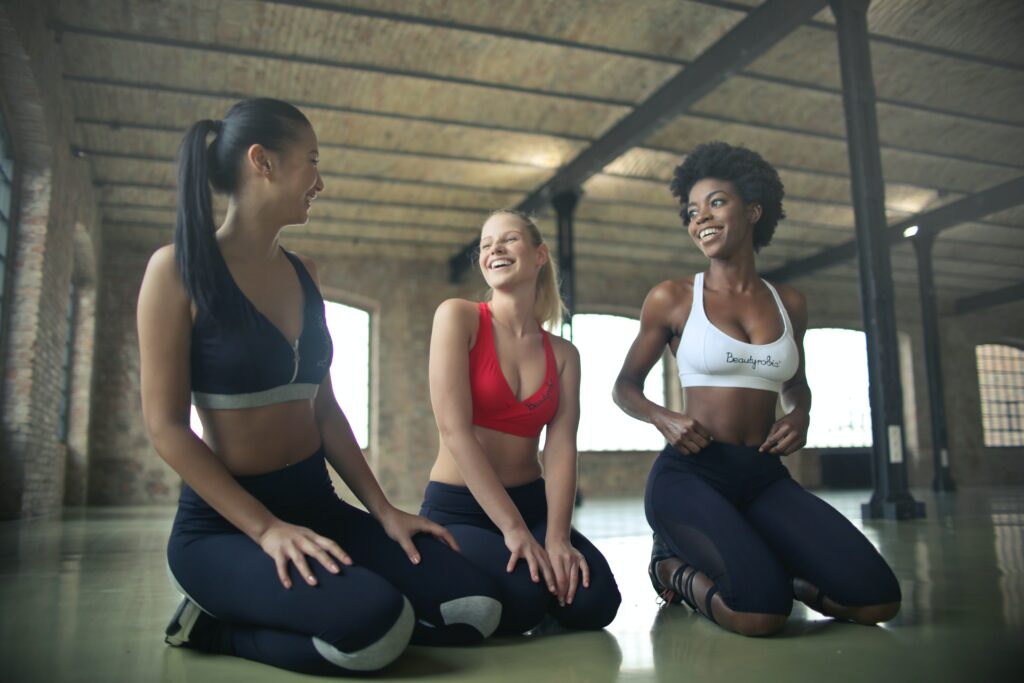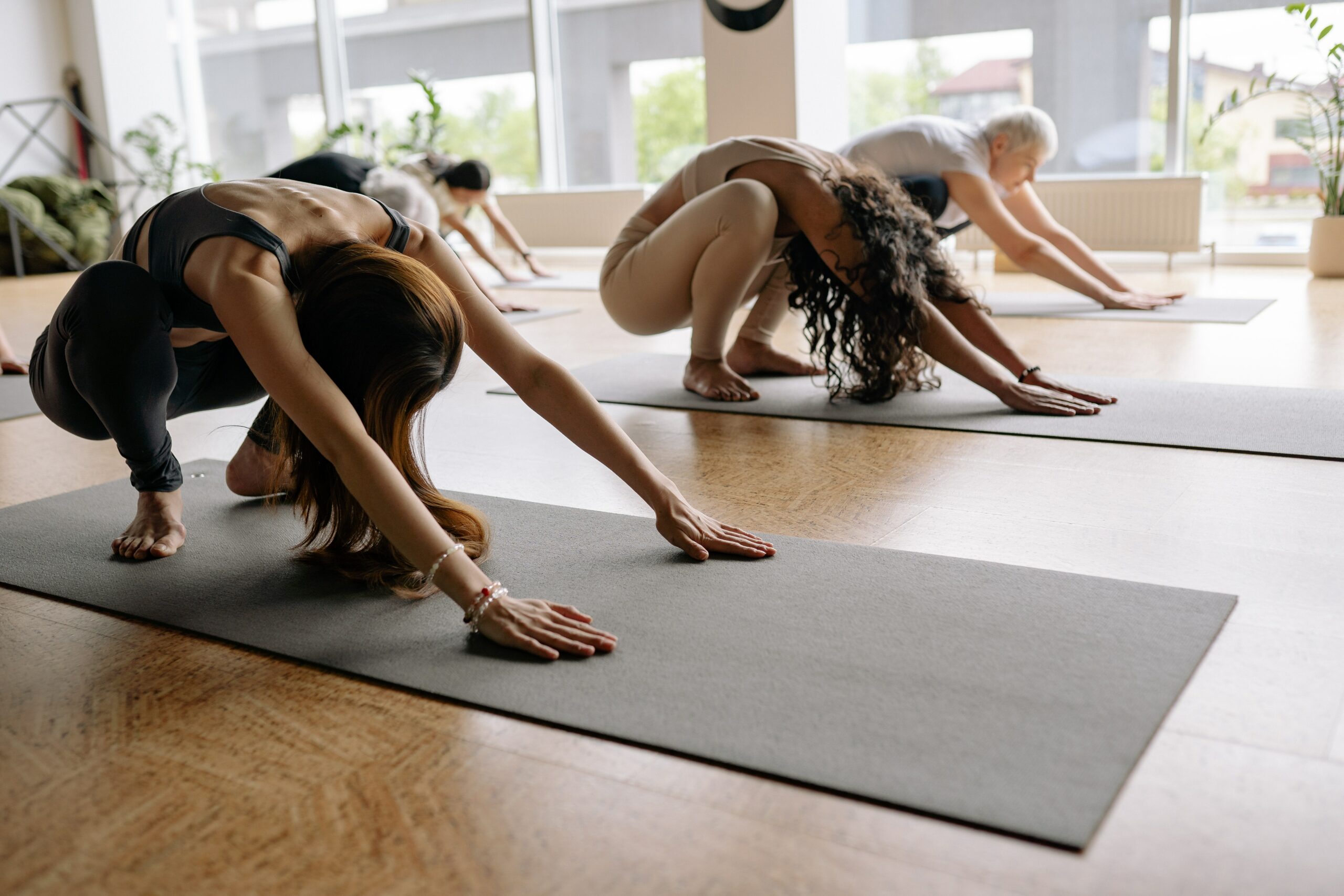Hot yoga refers to any yoga practiced in a warm or humid environment.
Typically lasting 60 to 120 minutes, hot yoga classes involve heat and sweat, with participants potentially sweating out up to four pounds of water per session.
While traditional yoga postures and breathing techniques are often included, the intentional heating of the room is a newer concept.
Bikram yoga is considered the first hot yoga style, featuring a specific sequence of 26 poses and breathing exercises in a heated room. The founder, Bikram Choudhury, faced controversy due to sexual harassment allegations and his desire to copyright the sequence. Other hot yoga styles include “hot flow” or “power flow,” which use vinyasa movements and may vary from class to class.
How hot can Hot Yoga get?
The heat level in a hot yoga class can vary significantly. Some studios use forced air heat, while others use humidifiers or infrared heat, which can feel like standing under the sun. Bikram classes are typically held in rooms heated to over 100 degrees Fahrenheit, while other studios may have temperatures in the 80s or 90s. Studios often keep the temperature between 90 and 95 degrees, but the heat level can also be affected by factors like humidity, outside temperature, and class size.
Is Hot Yoga safe?
Hot yoga can impact body temperature. According to a study, after practicing a 90-minute Bikram-style class in a hot studio, 8 out of 20 participants had body temperatures between 103 and 104 degrees Fahrenheit.
While hot yoga can be safe for individuals in good health, those with certain health conditions should avoid it.
People with heart conditions, previous heat injury, heat intolerance, dehydration issues, or pregnant women should be cautious, says Edward Laskowski, MD, a physical medicine and rehabilitation specialist and the co-director of the Mayo Clinic Sports Medicine center.
Before starting hot yoga, individuals should consult their doctor, particularly if they have underlying health issues.
What Are the Benefits of Hot Yoga Practice?

Hot yoga can provide a sense of calm and relaxation through sweating, without requiring an intense workout. The same level of sweat as running 10 miles, can be achieved with one session of hot yoga and without having to work as hard to get it.
Helping with Stress Relief
Hot yoga, like other forms of yoga, can be beneficial for stress relief and stress management as it is a moving meditation.
Improving Flexibility
The hot room can help increase flexibility, which can be particularly beneficial for people who do other types of intense workouts that cause muscle tightness. However, be careful not to overstretch your muscles and injure yourself by mistake. It is recommended to stay within one’s limits and pay attention to the body.
Is Hot Yoga a More Intense Workout Than Traditional Yoga?
Even though hot yoga can be considered as a more intense form of exercise, it can burn fewer calories than traditional yoga. By sweating the body does not indicate that we are burning calories or losing weight, it is just the body’s way of regulating temperature. But according to many people who have implemented hot yoga in their lives, say that it helps with relaxation, stress relief, and muscle recovery. It is a great complement to other exercise regimens.
I want to start Hot Yoga classes!
Before trying hot yoga for the first time, it’s helpful to have some basic knowledge, even if it’s just from watching videos or trying an unheated class. She notes that many studios, including Heatwise, offer beginner classes to help students get comfortable with the basics before diving into a full hot yoga class. If you prefer a more personalized approach, consider private instruction, which is typically available at most studios.
Here are some additional tips to keep in mind:
What to Wear: Clothes made from moisture-wicking material or spandex are ideal for hot yoga, as they can handle the excessive sweat. Many men opt to go shirtless, while women often wear sports bras and leggings or shorts.
What to Eat and Drink: Avoid eating a big meal in the few hours before class, and steer clear of snacking in the hour leading up to it. Instead, fuel your body appropriately so you’re not overly hungry or full. Make sure to drink plenty of fluids in the hours before class, and bring a water bottle to sip on during and after class.
What to Bring: Check the studio’s website or give them a call to find out what’s included with the class fee and what you need to bring. While many studios provide mats, some people prefer to bring their own due to the amount of sweating. A towel and water bottle are also recommended.
Having a positive attitude and communicating with your instructor is crucial to having a good hot yoga experience. Don’t worry about being perfect or competitive, and listen to your body. Ideally, hot yoga should benefit both your body and mind.
Down below is provided a video for you to try out this heated but astounding type of yoga and see if it is the right choice of exercise for you.



